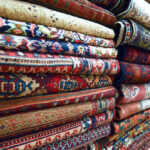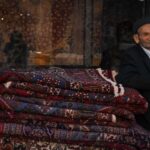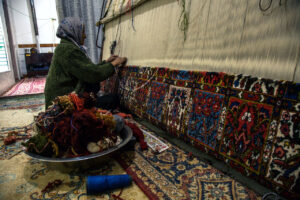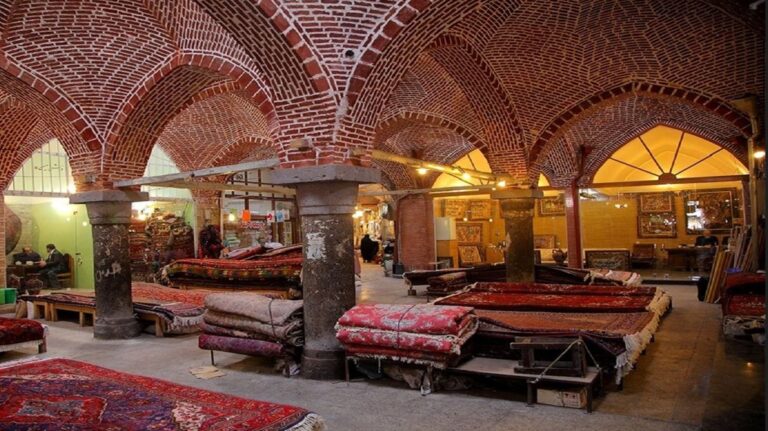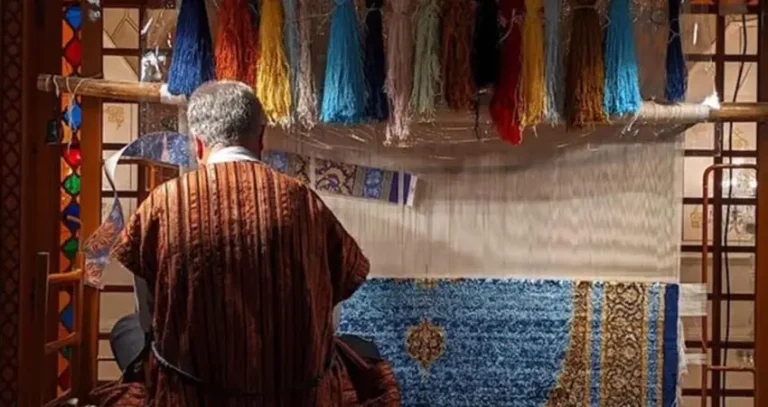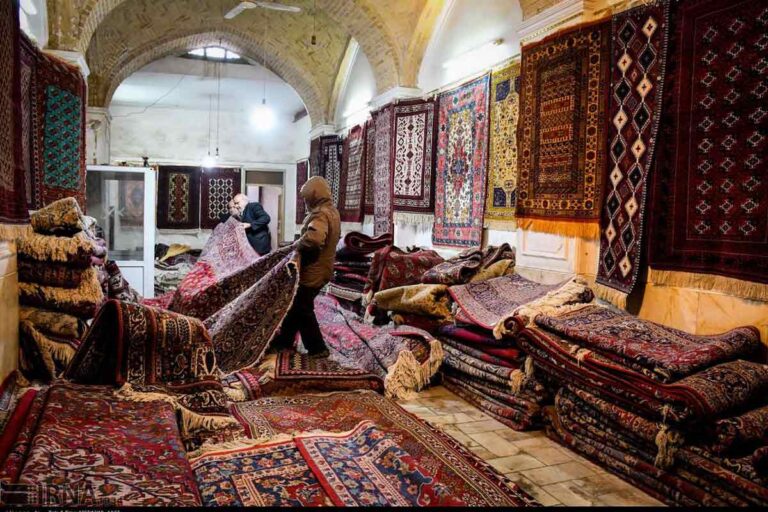10 Fascinating Facts About Persian Handwoven Carpets You Should Know
7 Surprising Reasons to Buy a Handwoven Persian Carpet
The story of handwoven carpets stretches back to the dawn of civilization, to a time when humans first sought comfort and warmth. What began as simple mats made from tree leaves or animal hides eventually evolved into one of the most refined and culturally rich art forms in the world—especially in Iran, the undisputed heartland of carpet weaving.
From Primitive Mats to Woven Art
The earliest forms of floor coverings were created for basic needs: rest and warmth. But as textile technology advanced, humans began spinning wool and dyeing it with natural materials—minerals, plants, and insects—giving birth to what we now recognize as the art of carpet weaving. Over time, this combination of craftsmanship and creativity turned simple utility into high art.
In every culture, the highest expressions of art emerge from its traditions. In Iran, this expression is vividly present in the handwoven carpet—an artform shaped by centuries of culture, rituals, and symbolism.
The Pazyryk Carpet: The World’s Oldest Knotted Rug
In 1949, archaeologists unearthed the Pazyryk Carpet in what is now Mongolia. Dating back over 2,500 years, it is the oldest known knotted carpet ever discovered. Due to its design and structural similarities with Achaemenid-era artifacts, most scholars agree it was woven in ancient Iran. Though how it made its way to Siberia remains a mystery, its patterns reflect unmistakable Iranian origins.
Ancient References to Persian Carpets
Historical records offer more evidence of Iran’s deep-rooted carpet tradition. The Chinese Sui Shu Chronicle, for example, mentions Persian carpets among the luxury goods of the Sasanian Empire (224–651 CE). Even the famed Tabari History references the legendary “Spring of Khosrow” carpet—a masterpiece that depicted a lush garden in intricate design, complete with flowers, flowing rivers, and birds.
Post-Islamic Transition and Revival
After the advent of Islam in Iran, carpet weaving experienced a temporary decline. Arabs, unfamiliar with this craft, emphasized pottery and other arts. But during the Abbasid and Umayyad dynasties—when Persian carpets adorned royal palaces—the tradition revived and flourished once again.
Later, under Seljuk rule (11th–12th centuries), Turkish motifs began blending with Persian designs. By the time of Tamerlane’s invasion, Iranian carpets saw significant stylistic changes. Geometric designs gave way to flowing curves, arabesques, and floral patterns—marking a turning point in the evolution of Persian design.
The Safavid Golden Age
The true golden age of Persian carpet weaving began during the Safavid dynasty (1501–1736). The capital, Tabriz, became a hub for elite designers and artisans. During this period, over 1,500 masterpiece carpets were created—many of which are now held in museums across the world.
It was during this time that carpet weaving transitioned from a rural craft to an organized urban industry. Persian carpets were now not only prized locally but also exported to European courts, where they became symbols of prestige and taste.
Qajar Era and Modernization
Following a period of decline after the Safavids, the Qajar dynasty (late 18th–early 20th century) breathed new life into the industry. With rising European demand, foreign investors established production centers in Iran.
By 1935 (1314 SH), all matters related to the production and trade of carpets were officially transferred to the newly formed Iran Carpet Company (Sherkat-e Sahami Farsh Iran). This organization worked to preserve traditional weaving techniques while promoting the industry domestically and internationally.
Final Thoughts
This brief overview touches on just a few highlights of the rich and complex history of Iranian handwoven carpets. From ancient nomadic weavers to royal Safavid ateliers, the Persian carpet remains a living symbol of beauty, identity, and cultural pride.
Stay tuned for more in-depth articles about specific periods, weaving techniques, regional styles, and the artisans who continue this tradition today.
Got insights or questions? Share your thoughts below—we’d love to hear from you.



